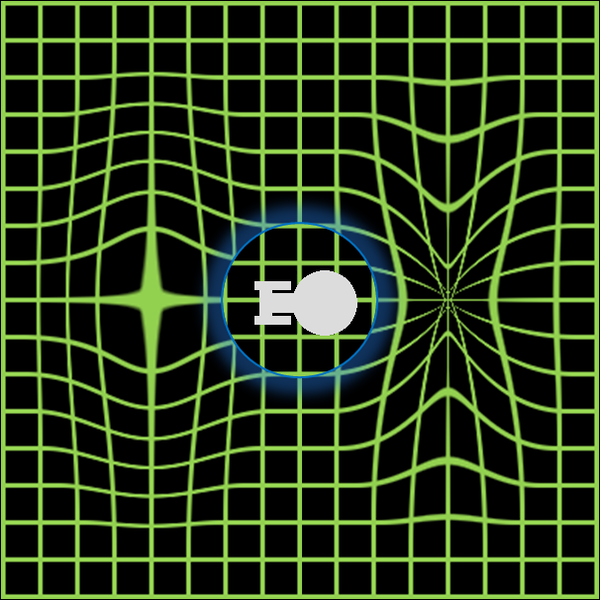
Now, if you read the article, make sure you note that this is what it would look like, much like what the NX-01 Enterprise looked like from Star Trek: Enterprise TV Series.
We are not capable of creating an engine that can allow so-called faster-than-light travel.
Special relativity tells us that faster-than-light travel is impossible in normal space, but warp drive gets around this by creating a bubble around the ship, again warping space around the bubble.
Faster-than-light travel is impossible in normal space because relativity states that the closer to the speed of light an object gets, the heavier it gets. At the speed of light, any object with mass has an infinite mass. Therefore, to accelerate something to the speed of light requires infinite energy.
Conceptually, this is what warp drive would look like.






